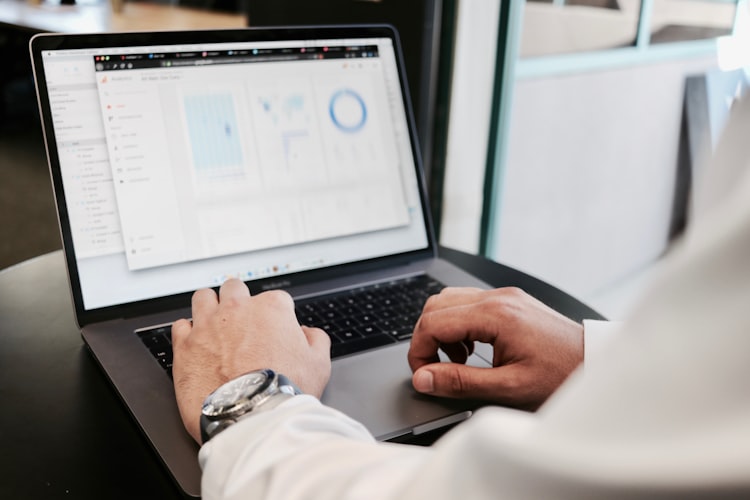MELBOURNE – Thursday 24 October 2024
A new report released today by Women’s Health Victoria (WHV) reveals major ongoing inequities in abortion and contraception access across the state, disproportionately affecting disadvantaged communities in some regional areas.
The Realising Access report provides, for the first time, data showing that people from disadvantaged communities in Victoria are more likely to seek abortions after nine weeks, which drastically narrows their healthcare options.
The report paints a stark picture of the continued barriers many Victorians face in accessing timely Sexual and Reproductive Healthcare (SRH) services.
It is based on analysis of de-identified data from over 30,000 calls to WHV’s 1800 My Options phoneline from 2018–2023, and its map of over 700 registered sexual and reproductive health providers, alongside indicators from the Victorian Women’s Health Atlas and population data from the Australian Bureau of Statistics (ABS).
Significant Victorian Government investment in SRH – through 1800 My Options, SRH Hubs, Women’s Health Clinics and the Clinical Champions Project – has seen demonstrable gains in access across the SRH system in Victoria.
Victoria continues to lead the country in access to SRH, but there is more to be done.
Sally Hasler, CEO of Women’s Health Victoria, noted the inequity highlighted by the report: “Amidst broader threats to reproductive rights, Victoria remains a leader in abortion access, but we must never become complacent. We must build a resilient and robust sexual and reproductive healthcare system that ensures access for all – regardless of where they live or their socioeconomic background.”
Minister for Health, Mary-Anne Thomas MP, highlighted that this report speaks to the complexities and importance of work currently underway in Victoria: “Abortion and contraception are health care and they should be accessible for any woman, no matter where she lives – it’s why we are continuing work to transform our health system, giving women more options. This includes establishing 1800 My Options, adding to our network of Sexual and Reproductive Health Hubs, and expanding access to abortion in public hospitals.”
Disadvantaged communities face greater barriers to abortion and contraception
When analysing how likely people are to seek abortion services at over nine weeks gestation, the data shows those living in high disadvantaged metropolitan areas are 17% more likely; those living in low disadvantaged regional areas are 200% more likely; and those living in high disadvantaged regional areas are 300% more likely, than those living in low disadvantage metropolitan areas.
With medication abortion only available up to nine weeks, those people seeking surgical abortion are left with fewer options, given surgical abortion providers are concentrated in metropolitan areas and often have strict access criteria.
A related finding in the report was that more than a quarter of regional and rural high-disadvantage LGAs did not have any IUD or hormonal implant service providers listed on the 1800 My Options map (which is the state’s most comprehensive record of SRH services). Further, only about half of all regional and rural LGAs had any LARC-dispensing pharmacies listed.
Across the state, 67% of LGAs had no surgical abortion providers, 39% had no medication abortion dispensing pharmacies, and 19% had no medication abortion prescribers.
Sally Hasler said “It is unacceptable that the most disadvantaged and marginalised communities have such limited options when it comes to accessing contraception and abortion. It’s not a coincidence that these are the same areas where we see an increased demand for abortion over nine weeks – the lack of choice that women from under-served communities have starts with their access to contraception and goes all the way through to their right to choose if, when and how to have an abortion.”
Calls for ongoing and increased investment
Significant and ongoing progress has been made in recent years, including through the delivery of new services, however, persistent gaps in service access remain, and increased and sustained investment in a resilient and robust system is the only way to ensure equal access to SRH for all Victorians, especially those in regional and rural areas.
Among the raft of recommendations in the report, Women’s Health Victoria highlights three key priorities.
- Better data collection funded by state and federal governments so that evidence can inform and build a sustainable and equitable SRH system
- Sustained investment in the 1800 My Options service so that Victorians can continue to navigate the system and find the services they need
- Increased investment in low-cost and free SRH services across the state so that abortion and SRH care is available for all.
The report strongly highlights the crucial role of 1800 My Options in supporting marginalised communities. Since its launch in 2018, the phone line has seen a significant increase in demand, growing from an average of 347 calls per month in 2018, to 572 calls per month in 2023.
Carolyn Mogharbel, Manager of 1800 My Options, emphasised the service’s impact: “1800 My Options is the only way for many people to navigate our complex and fragmented healthcare system. More and more of our callers are from disadvantaged and marginalised communities, who experience systemic barriers to care. Without this service, many would not be able to access an abortion at all.
“This is the first time that data at this scale from abortion and SRH service seekers has been published in Australia. This report shines a light on the service seeking needs of over 30,000 de-identified individuals who could not navigate Victoria’s SRH system without the help of an anonymous phoneline, to find the abortion, contraception and sexual health services they needed.”
The Realising Access report echoes the findings of the 2023 Senate Inquiry into Universal Access to Reproductive Healthcare, which found that Australians do not have consistent access to sexual, reproductive, and maternal healthcare, particularly in regional and remote areas.







